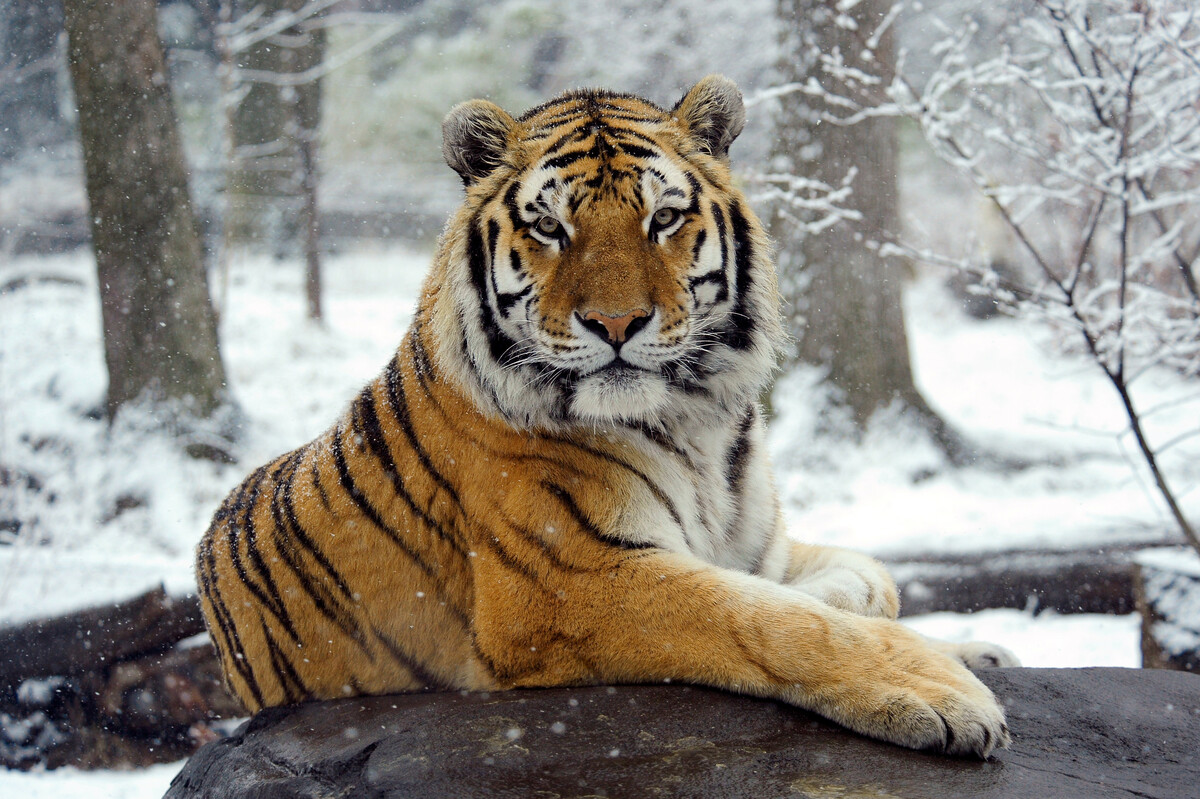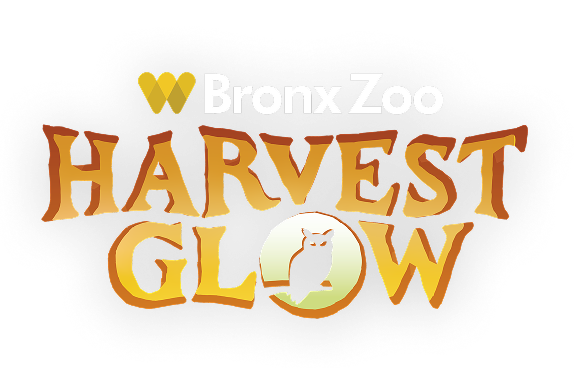Teachers for Tigers/Jaguars Forever

Teachers for Tigers: An Educator's Tool Kit for Saving the World's Greatest Cat was developed by the WCS Education Department. It was designed to provide educators in tiger range states with effective, interactive materials for use with any audience (children to community groups). Jaguars Forever is a manual that used the same techniques and activities to explore the biggest cat in the Americas. This manual was adapted for use in countries ranging from the Southeast United States to Bolivia and is available in English and Spanish.
Here in the US, Teachers for Tigers and Jaguars Forever are being used by school teachers in a variety of grades to address the issues of conservation and explore the biology and ecology of top predators. The manuals consist of the following units:
Evaluation
- A variety of strategies for evaluating your students' knowledge and attitudes towards big cats
The biggest cat
- Mini dramas exploring the ecology of the cat
- Tiger and jaguar range map exercises
- From Little Cats to Big Cats- exploring cat adaptations
- Cat timeline- looking at the history of these cats and people
Global Perspectives
- Tigers and Jaguars in human culture
- Cats in mythology
- Cats in art
- Role play of perspectives
From Awareness to Action
- Conservation Biology: The work of saving a species
- Feeding Ecology
- How we count them in the wild
- How we track them
- Debate on how to deal with human-cat conflict
Global problems, global solutions
- Resource Round-up game
- Exploring threats through drama
- Big cat conservation conference
- How to make a difference
Teachers for Tigers and Jaguars Forever use educational techniques that may be applied to many species and subject areas. They integrate geography and social studies, art and literature, mathematics and drama.
The Bronx Zoo offers these manuals as part of our Tigers and Other Predators workshop. During exciting workshops, teachers learn about the role of predators in the ecosystem; explore different techniques for presenting life science across the disciplines; learn about the tools used by conservation biologists who study predators; compare the images of tigers and other predators across cultures; and create a Conservation Strategy to save global tiger populations. All activities are aligned with NY State Standards.


